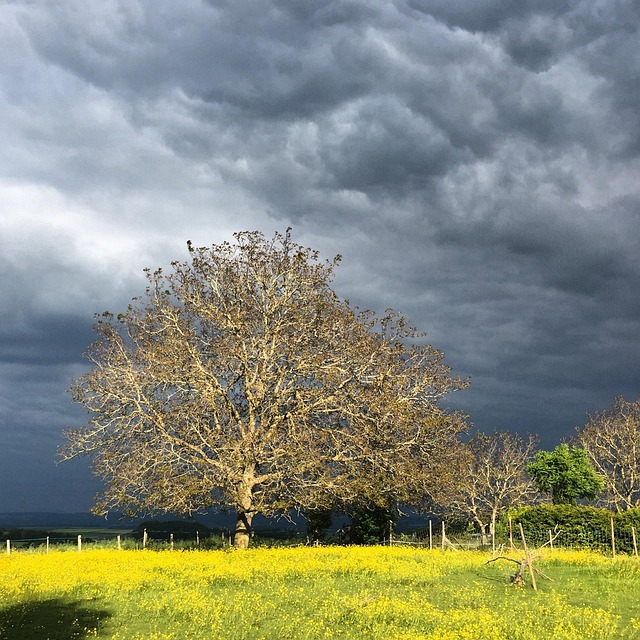Scenic terrain acts as a geopolitical force, connecting nations through tourism, infrastructure, and cultural exchange, driving economic growth in real estate while fostering international cooperation on environmental initiatives. These natural landscapes influence border negotiations, encourage collaboration, and promote mutual understanding, ultimately boosting diplomatic ties and regional peace. Examples like the Swiss-Italian Matterhorn border and Mekong River region demonstrate how iconic landscapes can serve as symbols of cooperation and shared prosperity.
“Scenic terrain serves as more than just a natural wonder; it holds immense geopolitical significance, particularly when bridging two nations. This article delves into the unique role of breathtaking landscapes in international relations and their influence on border negotiations. We explore the diverse real estate opportunities along border regions, examining market dynamics, property values, and successful community developments. Additionally, we discuss challenges and considerations for cross-border real estate development, including legal hurdles, environmental conservation, and cultural sensitivity.”
The Geopolitical Significance of Scenic Terrain

Scenic terrain, with its breathtaking views and rich biodiversity, holds a unique geopolitical significance that transcends borders. In the realm of real estate, these natural wonders often become focal points for tourism, attracting visitors from around the world. This influx not only boosts local economies but also fosters cultural exchange between nations. The development of infrastructure to accommodate this tourism can serve as a bridge between countries, facilitating trade, diplomacy, and people-to-people connections.
Moreover, scenic terrain can play a strategic role in geopolitical negotiations. Countries bordering these areas may find common ground for cooperation, such as environmental conservation efforts or shared management of resources. This collaboration can lead to stronger diplomatic ties, enhancing regional stability and peace. In today’s interconnected world, the value of scenic terrain extends far beyond aesthetics, becoming a powerful tool in shaping international relations and fostering mutual understanding.
– Exploring the role of natural landscapes in international relations

Natural landscapes have long been more than just scenic backdrops; they play a significant role in international relations, particularly when it comes to real estate and border negotiations. The beauty of these terrains often fosters cooperation and cultural exchange between nations sharing similar geographical features. For instance, mountains, rivers, and forests can serve as natural boundaries or bridges, promoting dialogue and shared stewardship responsibilities.
In many cases, these landscapes hold historical and symbolic value, further emphasizing their importance in diplomatic efforts. They can also drive economic development through tourism, creating opportunities for cross-border cooperation and investment. By recognizing the intrinsic value of scenic terrain, countries can forge stronger bonds, ensuring sustainable management and preservation for future generations.
– Cases where scenic terrain has influenced border negotiations

Scenic terrain has often played a surprising role in shaping international borders and facilitating negotiations between nations. In many instances, countries have found it beneficial to compromise on territorial claims when facing an breathtaking natural landscape that offers immense cultural and economic value to both sides. For example, the border between Switzerland and Italy features the majestic Matterhorn, a peak so iconic that it has become a symbol of peace and cooperation between the two nations. This shared natural treasure has fostered good relations and inspired various collaborative initiatives in real estate development, tourism promotion, and environmental conservation.
Similarly, the border between Thailand and Laos is defined by the Mekong River and its surrounding landscapes, which are rich in biodiversity and hold significant historical value. The beauty of this region has led to joint efforts in managing shared resources, facilitating cross-border trade, and promoting sustainable tourism. These examples demonstrate that scenic terrain can serve as a bridge—metaphorically and literally—between nations, fostering understanding, cooperation, and mutually beneficial agreements in areas ranging from real estate investments to cultural exchanges.






